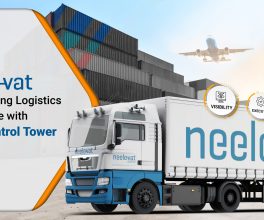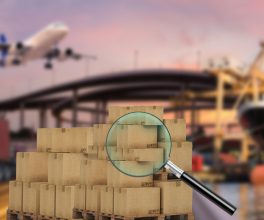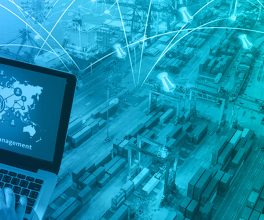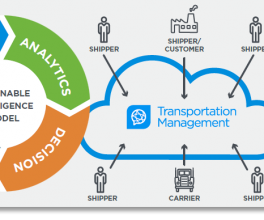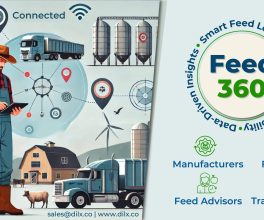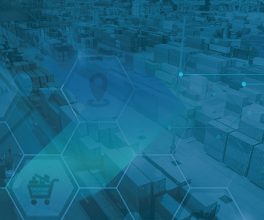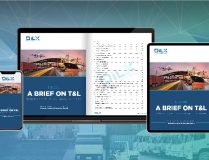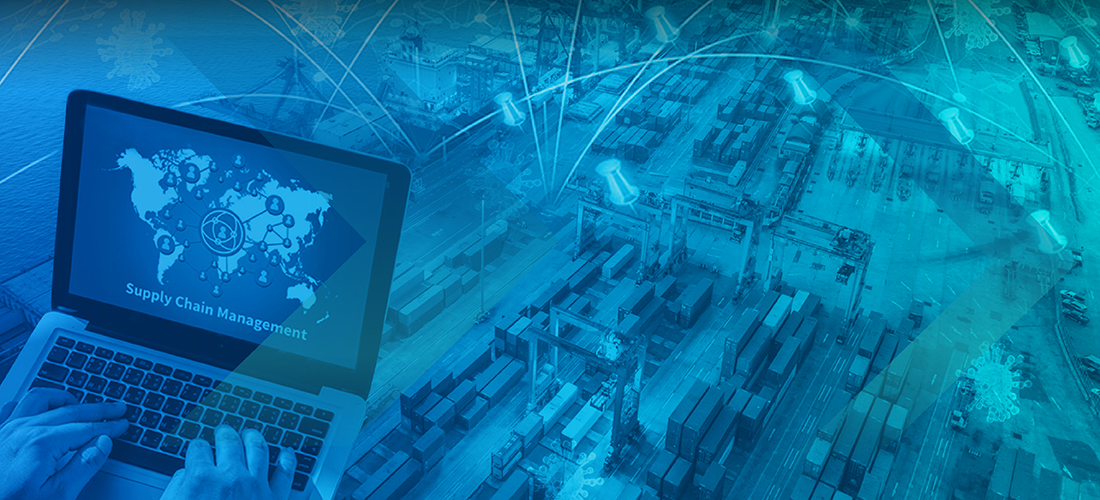The COVID-19 pandemic has impacted every industry around the globe in unprecedented ways. It further forced the organisations and governments to take drastic safety measures such as lockdowns and restrictions on people and goods’ movement.
The top three supply chain strategies for 2021 are: expanding collaboration with supply chain partners (48%), improving agility to respond to fluctuations in demand (45%), and improving the ability to leverage shopper behaviour data (45%) as per RIS Supply Chain Technology Study.
Supply chain agility today needs to be a core part of any business’s operations. The pandemic has confirmed that the supply chains that are agile enough to adapt quickly will survive in these challenging times.
The Inevitable Repercussions of the Pandemic
- Transport and consolidation for sourcing – Managing local quality checks and a steady supply, addressing the transportation capacity bottlenecks and the limited transparency in the overall supply chain
- Warehousing – Limited storage capacity and lack of routine, suboptimal SKU formats and imprecise product information, lack of expertise and sophistication in storage
- Inbound transport – Restricted and volatile freight capacity, extraordinary time pressure, unreliable ETA, lack of traceability
- Customs and regulation – Uncoordinated fast track, certification and qualification of the value chain partners, customary changes, and country variations
- Distribution and last mile – Less transparency on stock levels and demand, Challenging transportation planning, and carrier management
While the pandemic has brought forward many challenges, it has also encouraged a more resilient and agile supply chain.
Detangling the Supply chain complexity
Global supply chains rely on a broad range of digital transportation capabilities across modes. It is not only a highly digitised supply chain but an augmented supply chain that is set to revolutionise the industry.
The augmented supply chain solutions give you a competitive edge in the current market scenario and future proof your supply chain by preparing your business for the tech of tomorrow – Voice control, machine learning, 5G tech, immersive reality, blockchain, and more.
How does Augmented Supply Chain Solutions benefit?
- Data-driven Insights
- Detailed real-time visibility of shipments
- Analytics-driven demand forecast and distributed order management
- Transport Planning, Order Optimization, and Simulation
A logistics service provider with extensive data capabilities can help overcome the transparency issues experienced during the COVID crisis. Such capabilities allow real-time visibility on shipment status and monitoring, accurate and flexible transport planning, order simulation & business forecasting.
- Emergency Action Plan
- Demand Sensing: Define critical product categories and set-up demand monitoring and forecasting models
- Sourcing: Predefined long and shortlists of suppliers for supply and logistics services
- Procurement: Secure with buffer stock and supply at contracted tariffs in advance
- Inbound logistics: Select best LSP in advance based on required optimum capabilities
- Business Modelling: Establish an efficient collaboration model and new normal business modelling principle
- New Normal Network
- Strategic Partnership Models: Establish end-to-end supply chain orchestration between manufacturers, logistics service providers, and customers
- Partnerships Among Ecosystem Stakeholders: Establish supply chain collaborative model
- Digitized Supply Chain
-
- Data sharing: Adapt existing solutions to set up a logistics data sharing platform
- Data collection: Fortify timely, accurate, and standardised data collection
Augmented, Data-driven and completely digitalized supply chains are the response to the massive disruptions like the COVID-19 pandemic.

